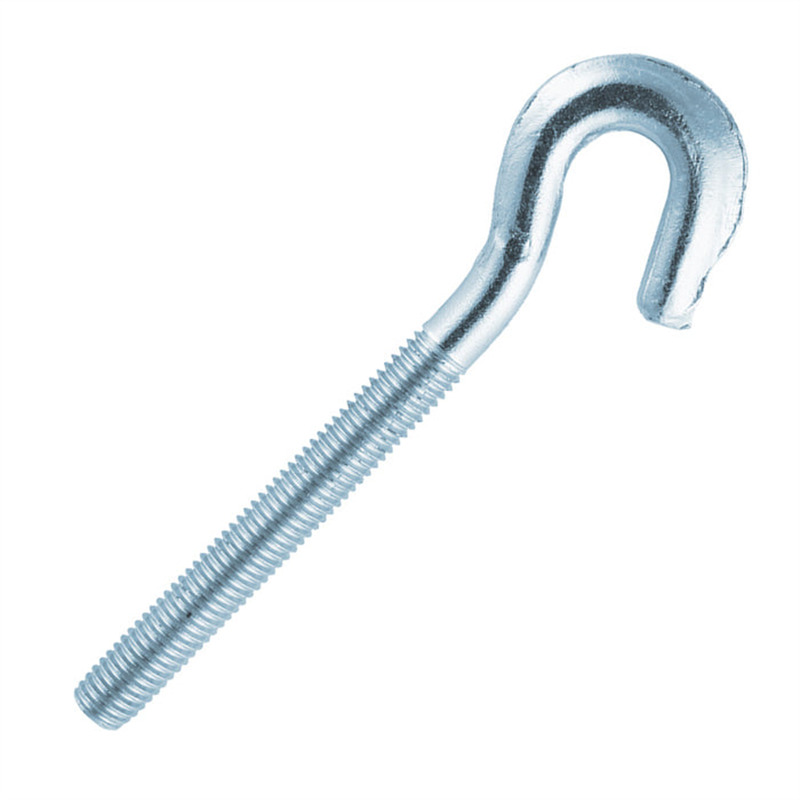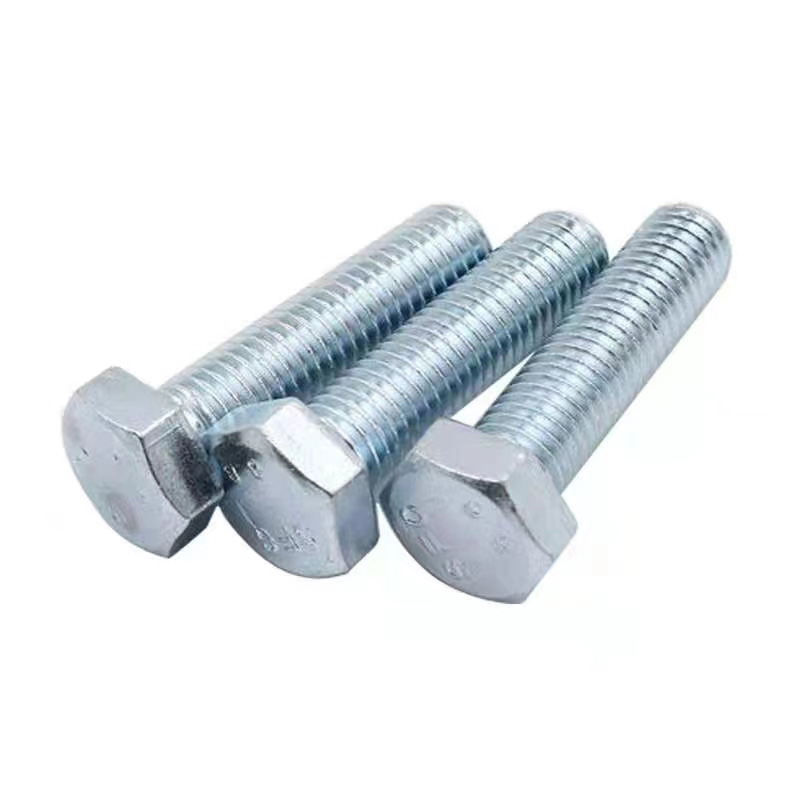Don't get screwed by the wrong materials.
As if trying to build a piece of IKEA furniture using the brand's directions is hard enough, it becomes nearly impossible when you don't know what any of the materials are. Sure, you know what a wooden dowel is, but which little baggy has the hex bolts? Do you need nuts for that? All these questions add unnecessary stress to an already complicated situation. That confusion ends now. Roy Berendsohn, senior editor at Popular Mechanics, shared a quick lesson in fasteners. Below is a breakdown of the seven most common types of screws and bolts that every homeowner will run into at some point in his or her life, according to Roy. Allen Key Bolt

Hex bolts, or hex cap screws, are large bolts with a six-sided head (hexagonal!) used to fasten wood to wood, or metal to wood. "Unlike carriage bolts, these will have a tendency to spin as you tighten them, so you need to hold the bolt head with a wrench or a socket and tighten (or loosen) the nut with a second wrench," Roy says. Hex bolts have small threads and a smooth shank, and may be plain steel for interior projects or stainless steel or galvanized for exterior use.
Wood screws have a threaded shaft and are used to attach wood to wood. These screws can have a few different times of thread. According to Roy, wood screws that have fewer threads per inch of length are best used when fastening soft woods, such as pine and spruce. On the other hand, fine-thread wood screws should be used when connecting hard woods. Wood screws have many different types of heads, but the most common are round heads and flat heads. "A round head wood screw has a head that sits completely above the workpiece. The flat head wood screw has a head that is recessed into the work," Roy explains. Wood screws can be plain steel, brass, stainless steel, or steel with a weather-resistant finish.
Sheet metal screws are used to fasten two pieces of sheet metal together, or to connect sheet metal to other types of metal, such as tubing. These screws typically have a round head, flat head, or even a hex head. Something to keep in mind about sheet metal screws is that they're thread-cutting types, Roy says. "The tip of the screw is shaped to cut threads into the receiving metal into which the screw is driven," he explains, adding that they're often called "self-tapping" screws. They're almost always plain steel, plain steel with a weather-resistant coating, aluminum, or stainless steel, for the maximum in weather resistance.
Machine screws are a hybrid between a small bolt and a screw, used to fasten metal to metal, or metal to plastic. In a home, they're used to fasten electrical components, such as attaching a light fixture to an electrical box. In an application like that, machine screws are turned into a hole in which matching threads are cut, or "tapped." If the hole isn't tapped, the machine screw requires a nut, says Roy.
Socket screws are a type of machine screw that have a cylindrical head to receive an Allen wrench. In most cases these screws are used to attach metal to metal, and need to be installed tightly to ensure a safe connection. They're typically used when it's likely that the item will be disassembled and reassembled over time.
Lag bolts, better known as lag screws, are typically large in diameter and long enough to deeply penetrate wood, so as to create firm connections with little chance of the screw loosening after it's been tightened. Common places where this type of screw can be found are decks, docks, and wood-retaining walls. Because pressure-treated exterior wood is corrosive, lag screws have a corrosion-resistant coating. "They are hot-dipped in zinc, or are made of stainless steel," Roy explains.
Carriage bolts, which could be considered the lag screw's cousin, are large bolts used with washer and nuts to secure thick pieces of wood together. Below the bolt's round head is a cube-shaped extension, which cuts into the wood and prevents the bolt from turning as the nut is tightened. This makes turning the nut easier (you don’t have to hold the head of the bolt with a wrench) and prevents tampering. "The nut is almost always on the back of the assembly. Thus, once it’s tightened the fastener cannot be easily undone, since the carriage bolt’s head is round—like an old fashioned rivet—and there’s no way you can easily grab it with pliers or a wrench," Roy explains.
Alyssa is the senior editor of content strategy at House Beautiful who covers home decor, design trends, and news. She is a self-proclaimed sleep expert and a pop culture addict.
You Can Learn Interior Design Tips from Miles Redd
How Much Does it Cost to Replace a Roof?
How to Build a Bunk Room
The Real Cost of Granite Countertops
Is Crafting With Gold Leaf Worth It?
Our Complete Guide to Tray Ceilings
How Much Does a New Water Heater Cost?
A Complete Guide to Knockdown Drywall Texture
Is It Always a Sin to Paint Mahogany?
Everything You Need to Know About Firewood
How to Pick the Right Paint Finish for Every Room
A Part of Hearst Digital Media
We may earn commission from links on this page, but we only recommend products we back.

Screw Washer ©2024 Hearst Magazine Media, Inc. All Rights Reserved.